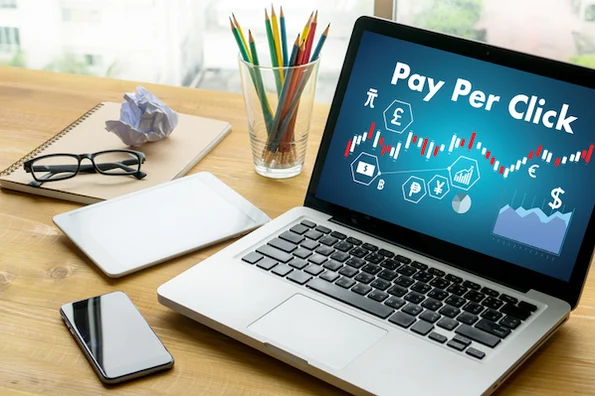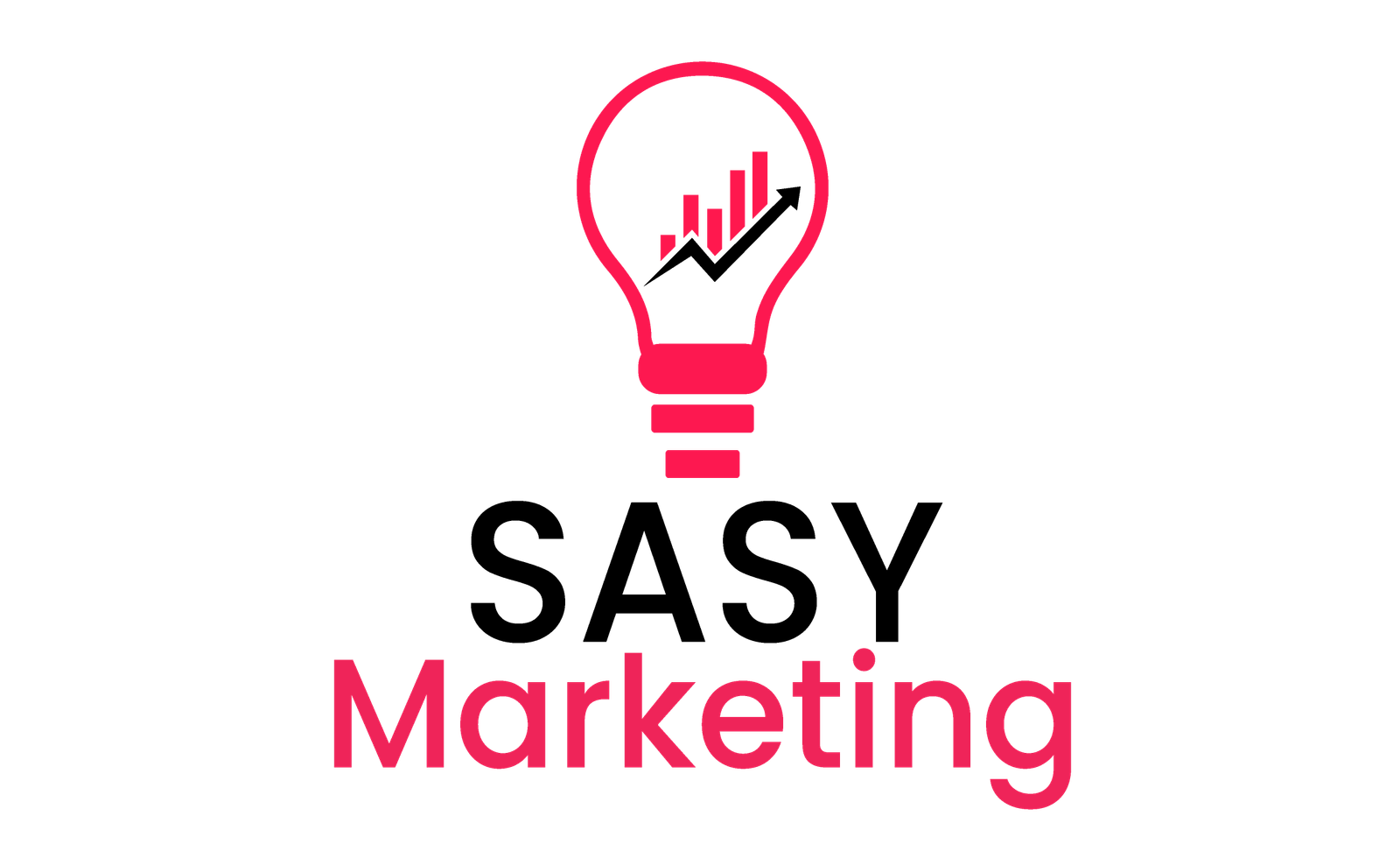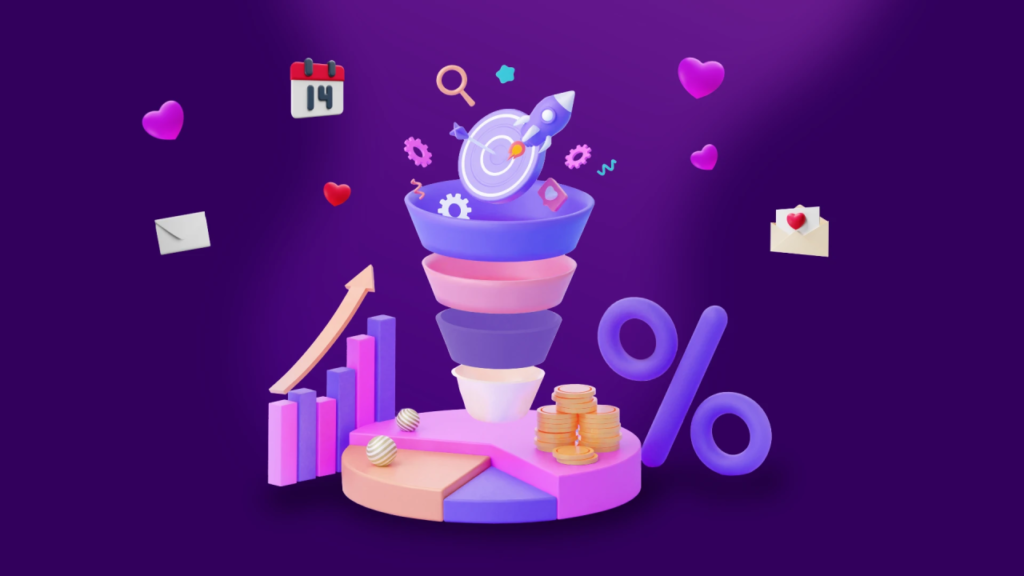PPC Means “pay per click”

PPC is a digital marketing channel businesses use to drive search engine traffic and conversions.
You may be looking for ways to get your first traffic and sales for a new business. Or you are considering ways to grow your brand’s presence online.
PPC can be a great way to get your business out there and find new customers, but those new to this new channel may find it hard to understand.
This guide will help you figure out what PPC is, how it works, and how to use it to make your business successful. We will also present the different platforms and explain how they work.
What is PPC?
PPC, which stands for “pay-per-click,” is a type of online advertising in which ads are served on platforms like Google Ads and pay a commission each time someone clicks on them.
By performing almost any search on Google (or Bing), You will see ads at the top of the page with the results.
Check out the list of items on the right. These ads show up when a search has something to do with business.
PPC is a way for businesses to get more traffic, sales, or inquiries to their website. Audience. Common PPC platforms allow for exceptional targeting depth, so you can only show ads to people you think are your customer base.
Search engines are the number one way to find product and service providers, and when an active audience searches for what your business offers, there’s a sales opportunity.
PPC can help you reach these people with a more precise level of targeting than traditional advertising allows.
PPC allows you to reach your audience when they’re looking for a business like yours while giving you data insights that will help you improve channel effectiveness over time.
Paid advertising is big business; we know that Alphabet (Google) earns more than $162 billion a year through its advertising platform.
How does PPC advertising work?
PPC as a marketing channel encompasses different advertising platforms, the most common being Google Ads and Bing Ads.
And in each of these platforms, there are different ad formats, including:
- Search announcements
- Shopping Ads
- Display ads
- Video Ads
- Gmail Ads
More often than not, businesses start their PPC marketing on Google Ads simply because it provides access to the largest audience of potential customers and offers some different ways to set up and manage campaigns based on your goals.
But regardless of platform and ad format, the way PPC works remains largely the same, and it’s a fairly simple process:
- Create an account on the platform.
- Create ads (the right audience by adding keywords, groups, etc.).
- Set the most you’re willing to pay for each click.
- Your ad is auctioned with other ads that use the same keywords.
- The order in which the ads are shown is decided by auction.
- You pay when someone clicks on your ad.
It’s uncomplicated and easy to implement, and while there are differences between ad formats (and bid strategies that can be used, for example), the main principles remain the same.
But let’s look at how the auction works because that’s often the most confusing part for those new to PPC.
How do PPC ad auctions work?
When a user performs a search, an advertising auction takes place, and it is used to determine factors such as:
- The eligibility of an advertising account to participate in the auction.
- The order in which eligible ads appear in ad space on results pages.
- How much will a click cost each advert whose ads are displayed?
The first bidding influencing factor is the maximum CPC (cost per click) an advertiser sets in their account for a specific keyword or ad group – this is the maximum they are willing to pay for each click.
This is not necessarily the amount he will pay. It is only the maximum.
The other influencing factor is Quality Score, a metric that is made up of many different factors, such as CTR (click-through rate). An ad and the relevance of an ad to the search query and the experience on the landing page to which the ad will send traffic.
We’ll take a closer look at Quality Score soon.
The Ad Rank tells where an ad shows up on the results page. Here’s a simple explanation of what the Ad Rank is:
Ad Rank = Quality Score x Max CPC
In reality, Google’s formula is a bit more complex, but the one given is fine for a general understanding.
How does an advertiser know how much to pay for a click?
Ad Rank plays an important role in this, but it is not the only factor determining the CPC. We can understand the cost an advertiser pays to appear in their position as follows:
Cost per click = Next advertiser’s Ad Rank / Quality Score + $0.01
TIP: We recommend you to visit internet marketing agency like Mavenup Creatives that provides bets digital marketing services all over the USA.
Why use PPC?
If you’re considering PPC as a marketing channel for your business, you’ll want to know its benefits and understand why you should put your money here instead of elsewhere.
Here are a few of the most common reasons why PPC might be the right advertising channel for you:
You can start receiving clicks very quickly
Once you’ve set up your account and created an ad, it needs to be approved by the platform, but it usually doesn’t take more than a few hours.
When your ads are live, if you’re eligible to participate in the auction and your bid is high enough, they can start showing very quickly (and receiving clicks if there’s enough volume).
Compared to channels like SEO, PPC gives you very fast returns, which is why it’s so popular with marketers.
PPC can easily be measured and tracked
One of the main advantages of PPC over traditional advertising channels is the ability to easily measure and track platform returns.
The most popular advertising platforms, like Google Ads and Bing Ads, let you track conversions, including the value of an order or lead. You can also see through them. At a granular level, the ROI of not just the overall account but also specific ad groups and keywords.
So, you can use this data and insights to strengthen the effectiveness and performance of a campaign over time and thus increase the ROI of the channel.
You have full control over when ads are shown and how much you pay
Need to temporarily pause an ad during a busy time? Want to run ads only when you need to generate new leads?
PPC is an ideal solution for this, as you have complete control over when your ads are shown (like what time of day it is and what day of the week it is), and you can easily turn ads on and off whenever you want. Still, it’s important to remember that a successful campaign is a better way to grow a business than a stop-and-go strategy.
You also have full control over how much you spend each day (or each month) and how much you pay per click. Typically, other channels don’t give you the same ability to manage cost and budget as smoothly.
We recommend you to visit pay per click marketing agency for better understanding of PPC.
You can precisely target your customers
Unlike traditional advertising, PPC lets you target your exact customer base based on your data, and you can even change bids based on the devices used, time of day, and location.
If you know your customers and how they search, you can use this information to reduce unnecessary ad spending.
Several ad formats are available
Do you manage an e-commerce store? Then, you can use shopping ads to display your products directly on the SERPs in the first position.
Want to convert cart abandonments into conversions? Use display remarketing to make an offer to encourage the desired action.
PPC encompasses a whole host of different ad formats. They can be used to drive the success of certain businesses or specific usage scenarios.
Click to read more.







